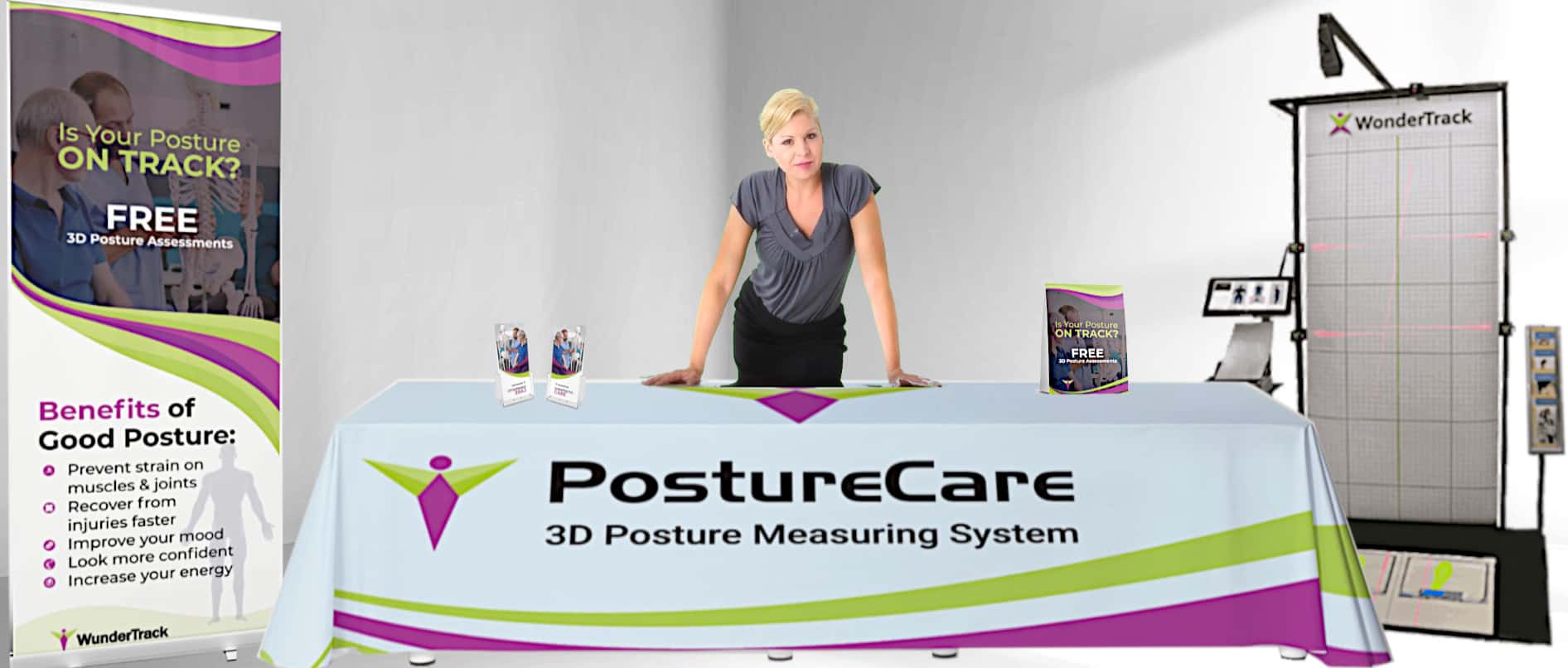The Surprising Connection Between Posture and Chronic Pain
Introduction:
In the hustle and bustle of modern life, the significance of maintaining good posture often takes a back seat. Yet, poor posture is more than just a matter of appearance; it is a silent contributor to a myriad of health problems, often leading to chronic pain and discomfort. Abnormal posture comes in various forms, from slouching shoulders to an arched back, and each deviation can have lasting consequences on our well-being.
Types of Abnormal Posture and Health Problems:
Abnormal posture can manifest in several ways, each with its unique set of health implications. The most common types include kyphosis (rounded upper back), lordosis (excessive inward curve of the lower back), and scoliosis (sideways curvature of the spine). Additionally, forward head posture, a prevalent issue in the digital age, can result from extended periods spent hunched over screens.
These deviations from the body’s natural alignment can lead to a host of health problems. Chronic back pain, neck pain, headaches, and fatigue are frequent companions of poor posture. Moreover, improper alignment can affect the function of internal organs, potentially causing digestive issues and breathing difficulties. Over time, the wear and tear on joints and muscles may contribute to conditions such as osteoarthritis.
Health Care Professionals in Posture Management:
Addressing poor posture requires a multidisciplinary approach involving various healthcare professionals. Physical therapists, chiropractors, and orthopedic specialists play crucial roles in assessing, diagnosing, and managing posture-related issues.
Physical therapists are trained to evaluate musculoskeletal imbalances and design targeted exercise programs to strengthen weakened muscles and improve flexibility. Chiropractors focus on spinal alignment, using adjustments to correct misalignments and restore proper function. Orthopedic specialists may employ advanced diagnostic tools, such as X-rays or MRI scans, to identify the underlying causes of postural issues and recommend appropriate interventions.
Correcting Abnormal Posture:
Management of poor posture involves a combination of therapeutic interventions and lifestyle modifications. Physical therapy sessions often include exercises to strengthen core muscles, improve flexibility, and promote awareness of body positioning. Chiropractic adjustments aim to realign the spine and reduce pressure on nerves, while orthopedic interventions may involve bracing or surgical procedures for severe cases of scoliosis or other structural abnormalities.
In addition to professional interventions, individuals can take proactive steps to correct and maintain good posture in their daily lives. Ergonomic adjustments in work and home environments, such as using ergonomic chairs and positioning computer screens at eye level, can significantly contribute to better posture. Regular breaks during prolonged periods of sitting, along with stretching exercises, can help prevent stiffness and muscle imbalances.
Maintaining Correct Posture:
Achieving and maintaining correct posture requires conscious effort and consistent practice. Incorporating posture-friendly habits into daily routines is essential for long-term benefits. Here are some practical tips:
- Body Awareness: Regularly check in with your body to identify and correct poor posture. Simple mindfulness exercises can help improve your awareness of body alignment.
- Ergonomic Workstations: Ensure that your work and home environments support good posture. Invest in ergonomic furniture and accessories that promote a neutral spine and proper alignment.
- Strengthen Core Muscles: Engage in exercises that strengthen the core muscles, including the abdomen, back, and pelvic floor. A strong core provides a solid foundation for maintaining good posture.
- Stretching Routine: Incorporate stretching exercises into your daily routine to improve flexibility and prevent muscle tightness. Focus on areas such as the neck, shoulders, and hips.
- Regular Movement Breaks: If your job involves prolonged periods of sitting, take short breaks to stand, stretch, and move around. This helps prevent stiffness and encourages better circulation.
















